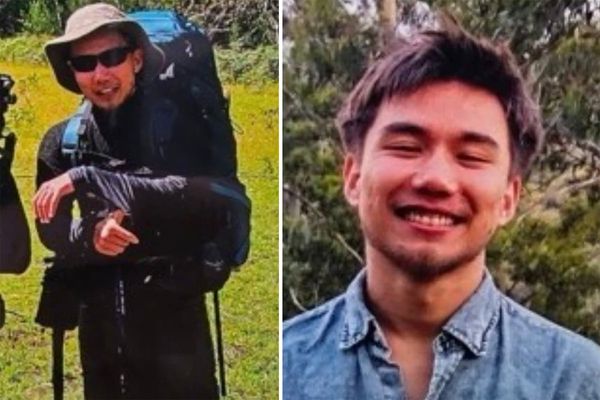
In 1985, the Observer explored Diana, Princess of Wales’s evolution from ‘chubby-faced teenager’ to ‘glamorous mother’ and national obsession, probing the question, ‘What is a princess for?’
The answer: ‘A princess is for looking at.’ Diana was ‘the first convincing princess of the video age’; she ‘raised princess-watching to fever pitch’. Her face on magazine covers guaranteed a sales boost: ‘She’s the one they want to see,’ Bob Houston, of Royalty magazine commented. After her first public appearance in 1980, Diana became an upper-class Alice, passing ‘through the royal looking-glass’: a shrinking body, blonder hair and a designer wardrobe that was both extravagant (reportedly costing £1,500 a week) and accessibly aspirational. Her choices were easily, widely copied; she was ‘dressing to the aspirations of young women in banks and buildings societies and shops and offices’.
It’s an uneasy read in hindsight, noting the absurd, florid way she was objectified as a symbol of perfect womanhood (while also describing her as ‘not mumsy but madonna-like’). She was ‘a sexual prize, a social asset and object of competition, almost at times a quarry to be chased.’ The article reports her asking Prince Charles, ‘How long can this go on?’ when the interest in the minutiae of her life only intensified after the wedding.
It also flags a toxic relationship with the tabloids: she was married not just to Charles but ‘to the photographers’ who ‘never… left her alone at all’. She was seen as both tricked by the press (‘the famous sun-behind-the-skirt picture’) and PR genius, who had learned to ‘manipulate and mislead the hounds baying at her door’.
The cover image isn’t Diana, of course. It’s Julie Woodridge from Essex, who earned £50 an hour capitalising on their resemblance. Woodridge lost 4½st to be a better lookalike: ‘Once the vision hits you, you have to make it real,’ she said. It worked: she was bowed to on the tube and ‘chased and photographed by Japanese tourists’, giving her a tiny taste of princess life.







